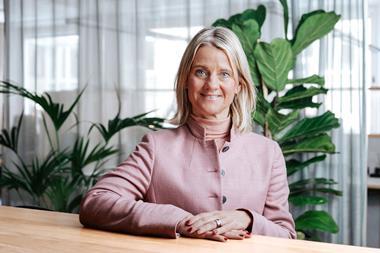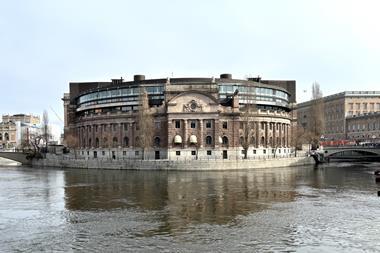The Swedish government’s plans to revamp the country’s system of national pension funds have met with criticism from two pensioner organisations, which are warning that politically-led change could harm potential returns.
Separately, the largest of the national pension funds, AP7, is opposing the idea of slimming its board to a maximum of seven members.
The Swedish Municipal Pensioners’ Association (SKPF) and SPF Seniors submitted a joint response last week to the ongoing consultation on reform of the AP fund system, which ends on Thursday.
The proposed changes outlined in a report by government investigator Tord Gransbo centre around the idea of merging the two Gothenburg-based buffer funds, AP2 and AP6, and consolidating into two funds the three Stockholm-based buffer funds, AP1, AP3 and AP4.
SKPF and SPF Seniors said: “We are doubtful about the proposals in the memorandum, as a restructuring of the AP funds would entail risks for the return.”
The management of the buffer funds should be organised and structured so as to prioritise the greatest possible return and the independence of the AP funds, wrote SKPF chair Liza di Paolo Sandberg, and Eva Eriksson, chair of SPF Seniors.
“Current political demands should not steer the AP funds, as this could mean a weakened return on the pension capital,” they said.
“We therefore propose that the Riksdag [Swedish parliament] should appoint the AP funds’ boards in order to strengthen the AP funds’ and the pension system’s independence from the government and thereby reduce the government’s ability to control the AP funds,” the organisations said.
They said they had no objections to a model with fewer funds than today, provided this worked towards the AP funds’ purpose of managing the pension capital to make it of the greatest possible benefit to the income pension system.
A restructuring should not entail large costs, though, they said.
Meanwhile, AP7 – not a buffer fund, but rather the manager of the default option in the defined contribution premium pension system – said it did not agree with the inquiry’s proposal to limit the number of board members of each AP fund to a maximum of seven.
“The conditions differ between the AP funds, and for AP7 an arrangement with nine members has worked well,” wrote AP7 chief executive officer Pål Bergström and the pension fund’s chair Per Frennberg.
The pair said: “According to the board’s view, the board can think things over with seven members, but it is more vulnerable, for example in the event of sudden resignations or cases of illness.@
“AP7’s board therefore proposes an alternative regulation, according to which the number of members is set at a maximum of nine,” wrote Bergström and Frennberg.
Read the digital edition of IPE’s latest magazine





































No comments yet